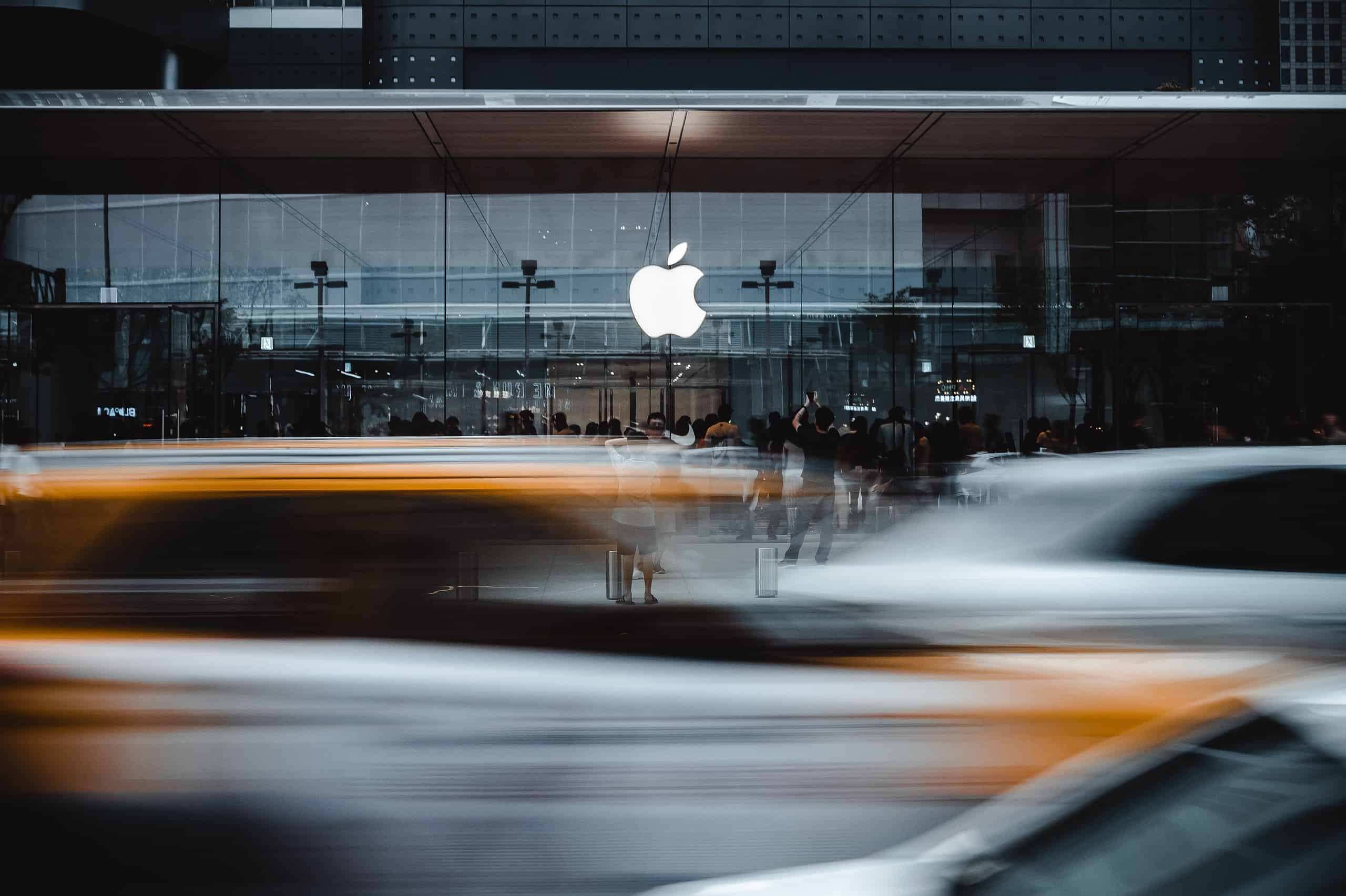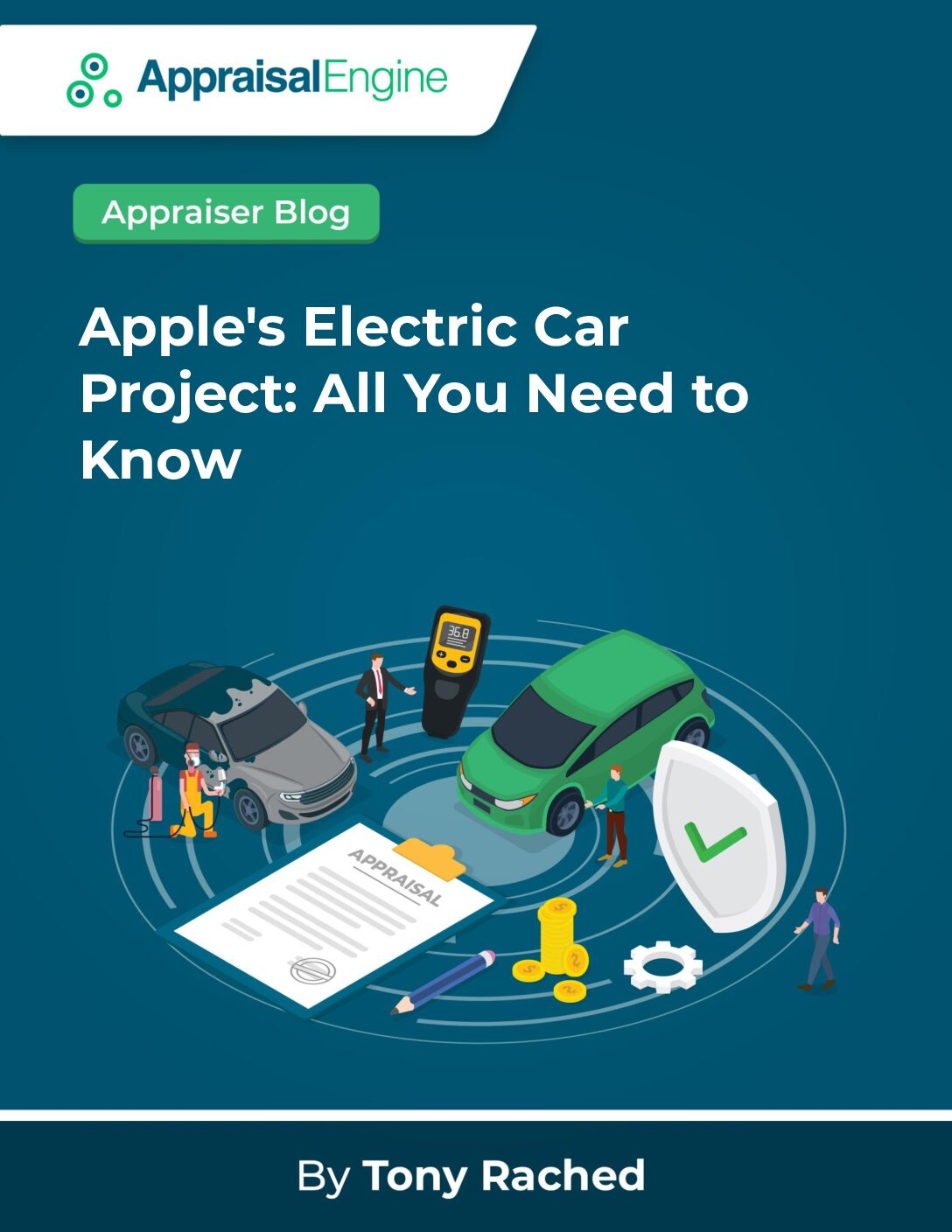Apple’s Electric Car Project: All You Need to Know (PDF)
Innovation has propelled Apple to a position of global recognition, its technology reshaping personal electronics and ushering in a new era. From the 80s, when it redefined personal computing, to the iPhone’s dominance in the smartphone realm, Apple has consistently spearheaded technological advancements. Yet, it has transcended its tech moniker, evolving into a provider of experiences that enrich lives, moving beyond products to create lasting impressions. The iPhone stands as a testament, and now, Apple sets its sights on an analogous impact within the automotive sphere, a realm that once spawned mere speculation but now inches toward a tangible reality.

From iPhone to iCar: Apple’s Drive to Revolutionize Mobility
Over the past decades, Apple has ascended to the pinnacle of corporate giants, boasting an unwaveringly loyal customer base that’s the envy of industries worldwide. As its technological prowess continued to dominate the tech sector, whispers of expansion into the automotive realm surfaced as early as 2008. Although this concept might have seemed far-fetched then, considering the company’s immersive focus on pioneering smartphones, it never truly faded, hinting at a latent ambition.
In 2014, Apple set the wheels in motion for “Project Titan,” a covert endeavor aimed at crafting an electric vehicle endowed with autonomous capabilities. This ambitious project beckoned the collaboration of over 1,000 automotive experts and engineers, a cadre that included former Tesla personnel, all working in hushed secrecy near the Cupertino headquarters.
Initial visions encompassed an autonomous marvel devoid of conventional controls, featuring inward-facing seating arrangements to foster face-to-face interactions. However, tempered by the complexities of execution, Apple recalibrated its approach, opting for a more conventional design that mandates manual city driving while reserving autonomous functions for highways. The vehicle’s autonomy hinges on an amalgamation of LiDAR sensors, cameras, and radar, an ensemble that allows seamless freeway navigation.
In 2017, Apple garnered the green light from the California DMV to test its autonomous technology, marked by the discreet presence of Lexus RX450h SUVs on San Francisco streets, adorned with a pantheon of sensors and cameras. Apple’s CEO, Tim Cook, endorsed speculations about the company’s pursuit of autonomous software development. Though veiled in secrecy, indications point to a prospective 2026 release at a price point under $100,000, though skepticism regarding potential delays looms large.
Behind the Wheel of the Future: Unleashing the Potential of Apple’s iCar
While finer details of the “iCar” remain shrouded, a singular certainty emerges—seamless integration with Apple’s product ecosystem. Powered by iOS systems, the vehicle facilitates unlocking and ignition via Apple devices, while tasks such as calls, texts, and GPS navigation can be seamlessly executed through voice commands. Orchestrating this revolution is John Giannandrea, Apple’s AI and machine learning stalwart, entrusted with crafting an Apple chip of unparalleled potency—a force four times mightier than four Mac chips combined. Paired with LiDAR sensors and cameras, this combination engenders a self-driving prowess poised to outshine even industry giants like Tesla.
Apple’s inventive prowess shines brightly in its innovative electric battery design, a “mono cell” configuration that optimizes cell density for enhanced energy storage, a feat that curbs battery costs. Within the cabin, echoes of Apple’s iconic aesthetics reverberate, with a sprawling iPad-style monitor crowning the dashboard and futuristic camera technology enabling intuitive gesture control.
Navigating Uncharted Territories: Partnerships and Challenges
While Apple’s financial reservoirs hold the potential to materialize the iCar dream, collaboration remains imperative to navigate the competitive automotive landscape. To scale up production, Apple has explored partnerships with established automakers, initial discussions with Hyundai and Kia hinting at synergies for U.S. production. Yet, these conversations simmered down after Hyundai’s inadvertent confirmation. Pursuits with Nissan faced internal roadblocks, while a promising partnership with LG Electronics-Magna joint venture inches closer to fruition.
While LG Magna e-Powertrain’s initial production may be modest, it serves as a precursor to Apple’s broader ambitions. Amidst organizational fluctuations within “Project Titan,” the urgency to streamline operations and position for a 2026 mass production looms.
Accelerating Toward Transformation: Unveiling Apple’s Promise
While the iCar’s veil of secrecy beckons speculation, one truth remains unassailable—Apple’s legacy of transformative innovations. Seamlessly intertwining the vehicle with its expansive ecosystem ensures limitless possibilities, enabling Siri’s prowess and facial recognition to empower drivers. As Apple sets its sights on driving innovation in the EV sector, the automotive panorama braces for an upheaval, poised on the brink of unprecedented transformation.
In summation, Apple’s voyage from a technology trailblazer to a purveyor of experiences signifies a profound evolution. Amidst anticipation and secrecy, one certainty stands resolute—the iCar is poised to redefine automotive excellence, encapsulating the essence of Apple’s indomitable spirit.




